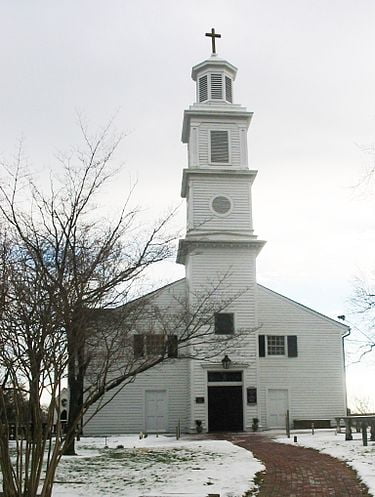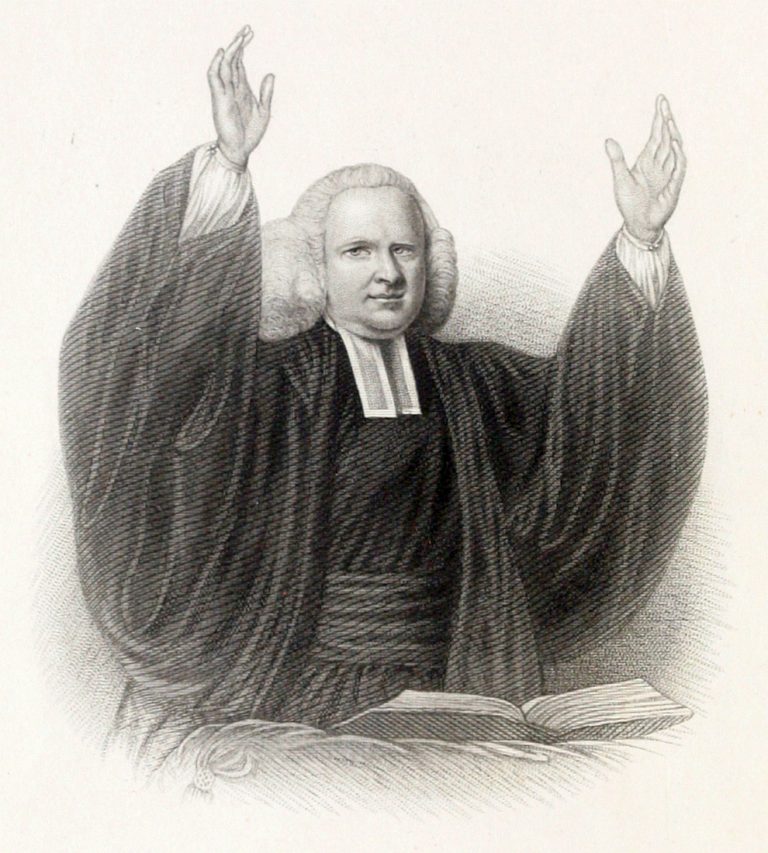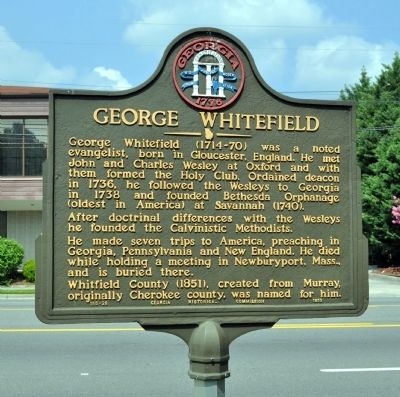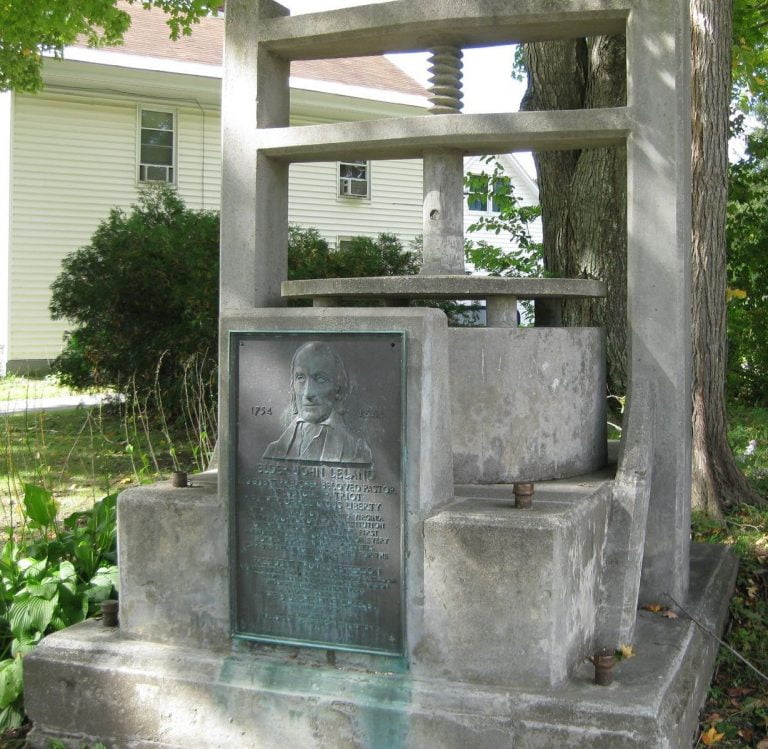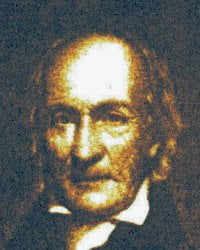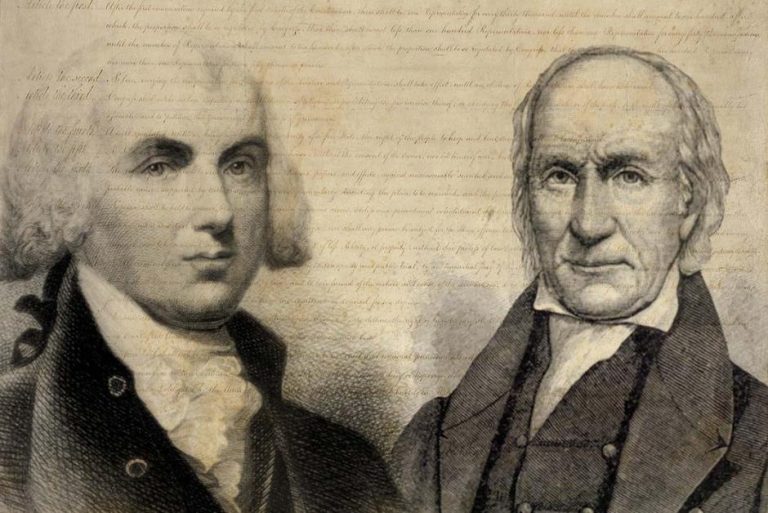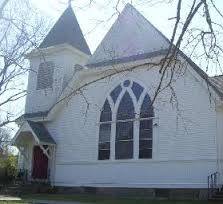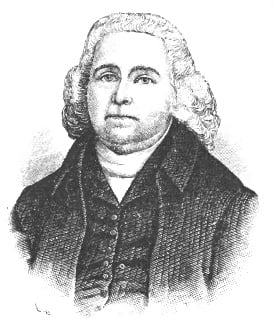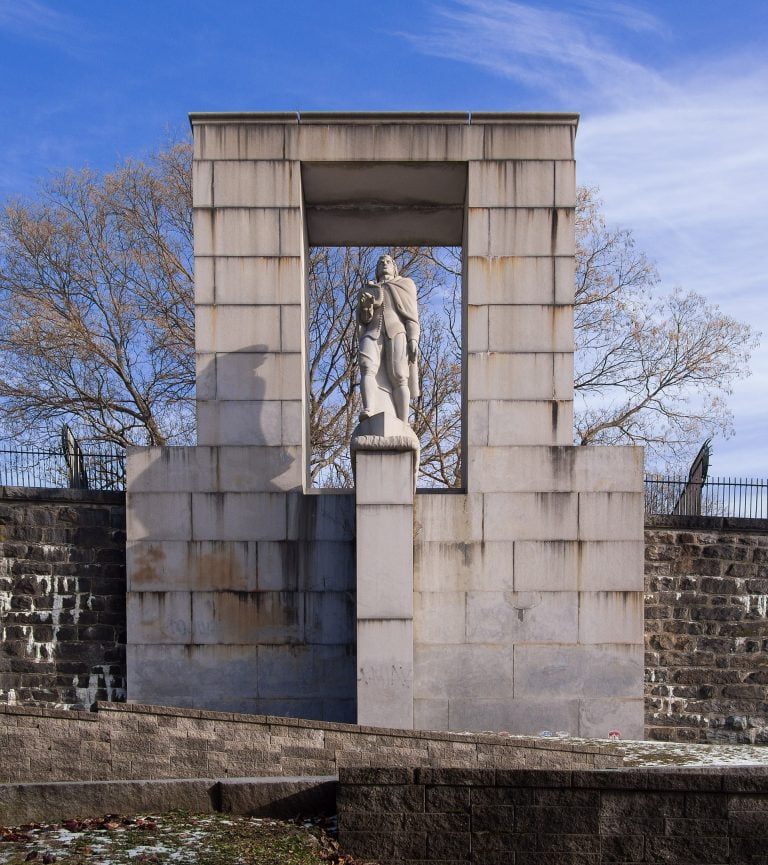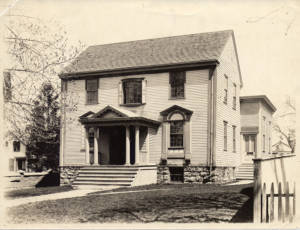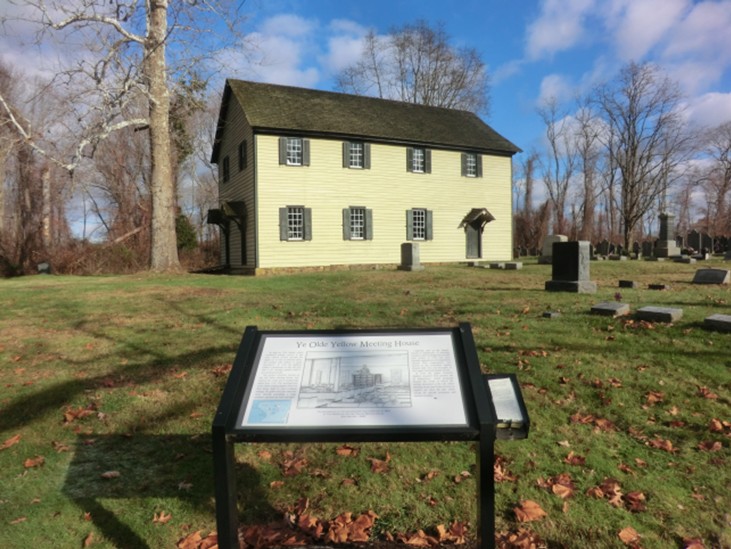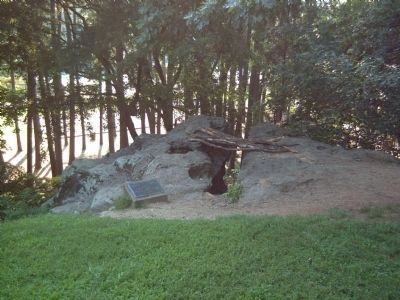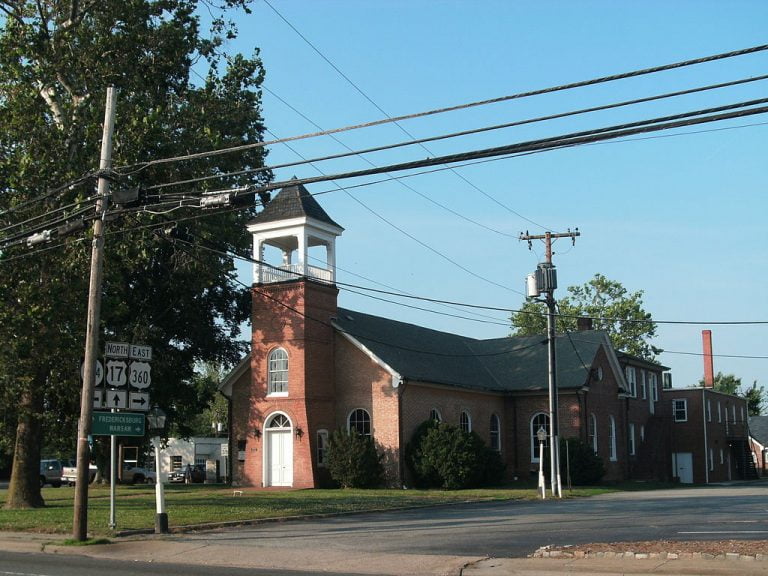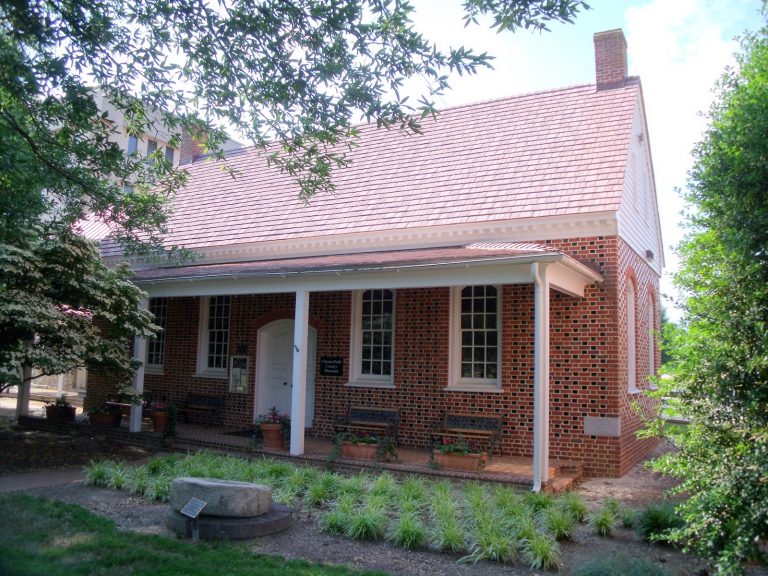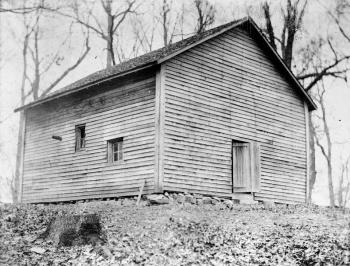Favorite
From marker: St. John’s Church symbolizes the foundations of our republic and the founding ideal of liberty. Here, Patrick Henry’s masterful argument summoned Americans toward independence with the immortal words, “Give me liberty or give me death” during the Second Virginia Convention of March 1775. In recognition of its historic significance, St. John’s Church was declared a National Historic Landmark Read more...
Favorite
From 5 Minutes In Church History: Stephen Nichols (SN): We are on location in Colonial Williamsburg. I’m here with a good friend of ours, Dr. Steve Lawson. Steve Lawson (SL): Steven, it’s great to be with you. I can’t believe where we are right now. SN: We find each other in great spots, don’t we? SL: That’s right. SN: Something Read more...
Favorite
From HorryCounty.org On Jan. 1, 1740, George Whitefield, a fiery disciple of Methodists John and Charles Wesley, preached at a tavern near here. Observing patrons dancing, Whitefield exhorted them against that vice. Soon the dancers stopped and allowed Whitefield to baptize one of the children. After Whitefield had retired for the evening, the New Year’s spirit prevailed, and the Read more...
Favorite
George Whitefield (1714-70) was a noted evangelist, born in Gloucester, England. He met John and Charles Wesley at Oxford and with them formed the Holy Club. Ordained deacon in 1736, he followed the Wesleys to Georgia in 1738 and founded Bethesda Orphanage (oldest in America) at Savannah (1740). After doctrinal differences with the Wesleys he founded the Calvinistic Methodists. He Read more...
Favorite
On the corner of Church and School streets stands a concrete replica of the cider press that produced the gigantic cheese that John Leland gave to President Thomas Jefferson. In Cheshire Cemetery, Leland’s obelisk grave-marker displays a commemorative plaque, See “The Big Cheshire Cheese,” in Chapter 16. copyrighted and used by permission from David Beale, Baptist History in England and America: Read more...
Favorite
From Wikipedia: John Leland (May 14, 1754 – January 14, 1841) was an American Baptist minister who preached in Massachusetts and Virginia, as well as an outspoken abolitionist. He was an important figure in the struggle for religious liberty in the United States.[1][2][3] Leland also later opposed the rise of missionary societies among Baptists.[4] In Cheshire Cemetery, Leland’s obelisk grave-marker displays a commemorative plaque. copyrighted and used by Read more...
Favorite
The Leland-Madison Memorial Park, six miles east of Orange, at the intersection of US 20/Constitution Highway and SR 658/Clifton Road, is the place where James Madison met in an oak grove with Baptist-Evangelist John Leland, to discuss the issue of religious freedom of conscience. This meeting led to the Bill of Rights. copyrighted and used by permission from David Beale, Baptist Read more...
Favorite
At Williams College (Congregational), a twelve-foot-high marble monument, called the Haystack Prayer Meeting Memorial, commemorates “The Birthplace of American Foreign Missions 1806,” out of which came Baptists Adoniram Judson and Luther Rice. See the section, “Haystack Prayer Meeting at Williams College (1806),” in Chapter 17. copyrighted and used by permission from David Beale, Baptist History in England and America: Personalities, Positions, and Read more...
Favorite
Once known as “Backus Memorial Baptist Church,” First Baptist Church of North Middleboro, Massachusetts, is now in its third building since Isaac Backus founded it in 1756. It stands at the intersection of Plymouth and Bedford Streets. copyrighted and used by permission from David Beale, Baptist History in England and America: Personalities, Positions, and Practices Featured Image Credit: KJV Churches. “First Read more...
Favorite
In Titicut Parish Cemetery, at 41 Plymouth Street, Backus’ granite tomb is pulpit-shaped and holds an open Bible. Under the Bible is a bronze memorial plaque. copyrighted and used by permission from David Beale, Baptist History in England and America: Personalities, Positions, and Practices Featured Image Credit: Wikipedia contributors. File:Isaac Backus.jpg – Wikipedia. en.wikipedia.org/wiki/File:Isaac_Backus.jpg. Read more...
Favorite
First Baptist Church, founded by Roger Williams in 1638, was the earliest Baptist Church in America. Erected in 1775, its present building is at 75 N Main St. Its twelfth pastor, James Manning, was founder and president of nearby Brown University. copyrighted and used by permission from David Beale, Baptist History in England and America: Personalities, Positions, and Practices Featured Image Credit: Read more...
Favorite
Underneath the Roger Williams Statue, at Prospect Terrace, lie Williams’s ashes. With John Clarke, he was the co-founder of Rhode Island. (See Chapter 12). copyrighted and used by permission from David Beale, Baptist History in England and America: Personalities, Positions, and Practices Watch our interview on Roger Williams: Featured Image Credit: Rhododendrites, CC BY-SA 4.0 <https://creativecommons.org/licenses/by-sa/4.0>, via Wikimedia Commons Read more...
Favorite
United Baptist Church, John Clarke Memorial, at 30 Spring Street, was founded in 1644 by John Clarke. It was America’s second Baptist church. Clarke was co-founder of Rhode Island and an early defender of liberty of conscience. copyrighted and used by permission from David Beale, Baptist History in England and America: Personalities, Positions, and Practices Featured Image Credit: “Home – United Read more...
Favorite
Newport Historical Society (NHS) houses the first Seventh-Day Baptist church in America. In 1671, Stephen Mumford led a small group of First Baptist to establish this church. In 1884, the NHS bought the Seventh-Day Baptists’ 1730 wooden chapel. In 1915, the NHS moved the elegant chapel from Barney Street to the rear of their headquarters, at 82 Touro Street. Here, Read more...
Favorite
Ye Olde Yellow Meeting House, located on Yellow Meetinghouse Road, off Route 526, dates to about 1737. Its earliest records, beginning in 1766, are in a 165-page handwritten “Church Book: Giving an Account of ye First Settlement & Progress of the Baptists at Crosswicks, or Upper Freehold.” In 1766, its forty-seven members organized into Crosswicks Baptist Church. In 1773, its Read more...
Favorite
Marked by a tall obelisk at 1500 Washington Avenue, is the grave of George Washington’s mother. Near the obelisk, an inscription on Meditation Rock says of her, “Here Mary Ball Washington prayed for the safety of her son and country during the dark days of the Revolution.” Mary’s home is at 1200 Charles Street. copyrighted and used by permission from David Read more...
Favorite
In 1774, Baptists in Tappahannock established the earliest Baptist church in Essex County-Piscataway (now Mt. Zion) Baptist, on Dunbrooke Road. On that same day, inside the local Essex County Courthouse, which is now the oldest courthouse building in Virginia, officials sentenced fines and imprisonments to the three men who preached the church’s opening service – John Waller, John Shackleford, and Read more...
Favorite
The Chesterfield County Museum, at 6813 Mimms Loop, is a replica of the 1749 courthouse where magistrates, during 1770-74, sentenced seven Baptist preachers to jail for preaching Christ without state-church approval. See the section, “Virginia Baptist Preachers Imprisoned in Chesterfield Jail 1770-74,” in Chapter 15. copyrighted and used by permission from David Beale, Baptist History in England and America: Personalities, Positions, Read more...
Favorite
The grave of Virginia Governor Patrick Henry, a friend of persecuted Baptists, is at Patrick Henry National Memorial, 1497 Red Hill Road, Brookneal, VA 24528. This beautiful plantation is called Red Hill. copyrighted and used by permission from David Beale, Baptist History in England and America: Personalities, Positions, and Practices Patrick Henry (1736-1799) loved freedom – risking his life and Read more...
Favorite
Founded by Shubal Stearns, in 1755, Sandy Creek Baptist Church is located at 4765 Sandy Creek Church Road, Liberty. Stearns’s obelisk tombstone stands in the church cemetery. Historical monuments on the grounds provide fascinating glimpses into the Sandy Creek heritage. The year 2005 marked the 250th anniversary of Stearns’s organization of the church. In 2015, Sandy Creek Baptist erected a new, Read more...
